Tracing Your Roots? Visit These 15 Destinations in the African Diaspora
When you're able to visit the places where your ancestors lived, history comes alive. Here's where to go if you're a descendant of enslaved Africans.
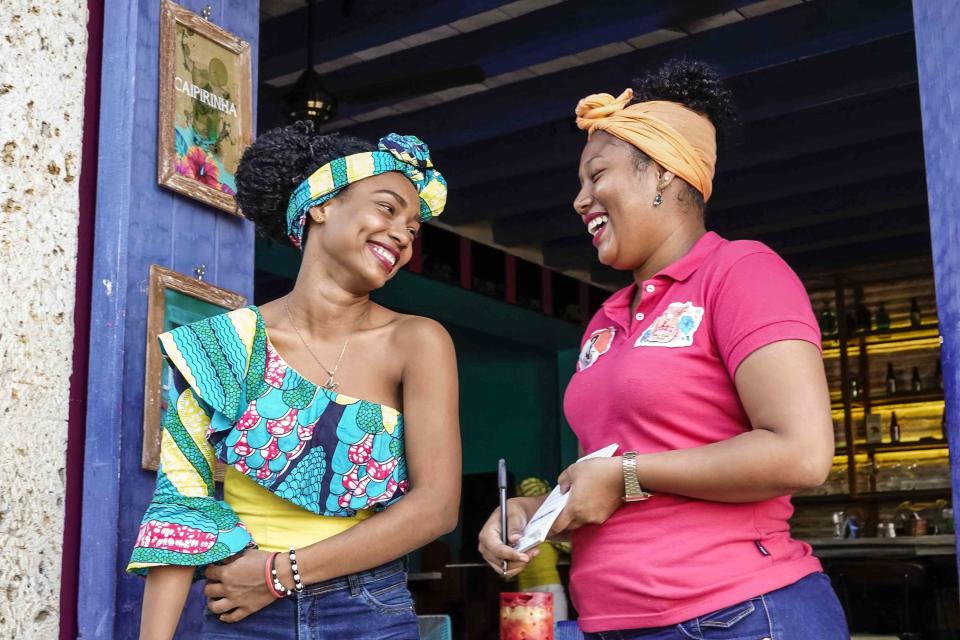
Jeffrey Greenberg/Getty Images
Fact checked by Karen Cilli
Connecting with your ancestral history through travel is a highly personal endeavor that will help your family establish, or reestablish, a sense of belonging. You’ll walk in the footsteps of your ancestors, their stories shaping your understanding of your identity. Visiting places that hold significant cultural value is a powerful celebration of the diaspora communities formed by descendants around the world. Understanding and preserving these cultures helps in the reclamation of lost ties, broken over centuries.
As interest in heritage tourism grows, people are gaining a more thorough connection to where they came from and who they are. We’ve compiled a list of essential places to start you on your homecoming journey.
New Orleans, Louisiana
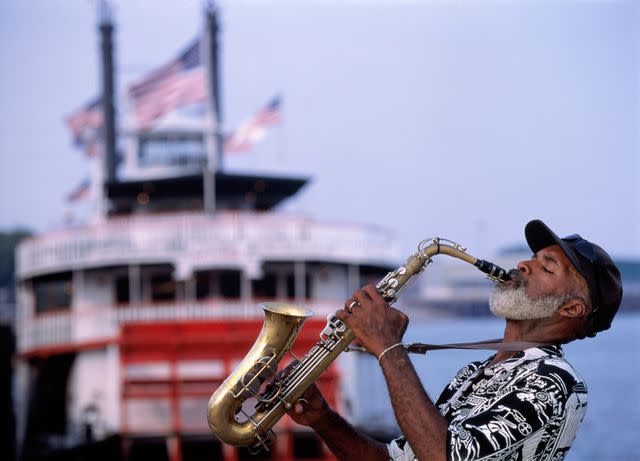
Siegfried Layda / Getty Images
The city of New Orleans is rooted in blackness. As a former French colony, the labor and knowledge of enslaved Black people were used to cultivate crops and build essential infrastructure. As plantations grew, New Orleans became a major hub within the transatlantic slave trade. New Orleans had more than fifty locations where slaves were sold, unlike other cities that had a single location.
You can visit Congo Square, one of the few places where enslaved Africans congregated to dance, make music, trade goods, and socialize on Sundays. These people refused to let their roots and traditions die—the development of African American music, especially jazz, can be attributed to the African influence in New Orleans. The city was also an important place for traditional West African spiritual rituals which served as a connection to their ancestors back home. Take a voodoo tour around the city, or visit The New Orleans Historic Voodoo Museum to gain more insight.
For celebrations of Black culture, visit the New Orleans African American Museum, Le Musée de f.p.c., the Backstreet Cultural Museum, and the House of Dance & Feathers.
The Gullah Geechee Cultural Heritage Corridor
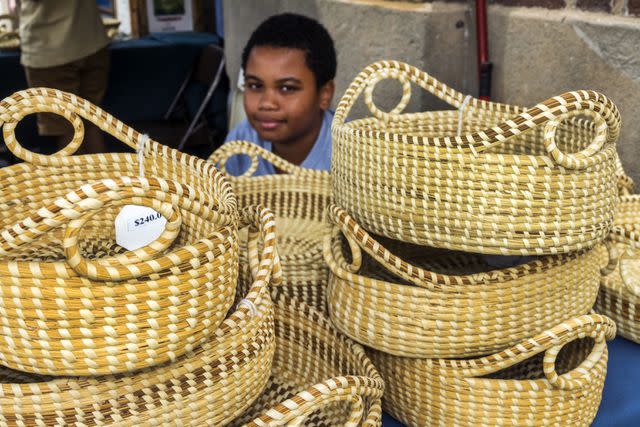
Jeffrey Greenberg / Getty Images
The Gullah Geechee Cultural Heritage Corridor is a National Heritage Area recognized to celebrate and preserve the roots of the Gullah Geechee people. The region is home to the people known as Gullah in North and South Carolina, and Geechee in Georgia and Florida.
These people are descendants of enslaved people forcibly brought to the U.S. from West and Central Africa to work on rice and cotton plantations. The area is made up of many historically and culturally significant places to the Gullah Geechee people including the Pin Point Heritage Museum in Georgia, the rice plantations of North Carolina, and Fort Mose Historic State Park's historic ‘free slave’ settlement in Florida.
Salvador de Bahia, Brazil
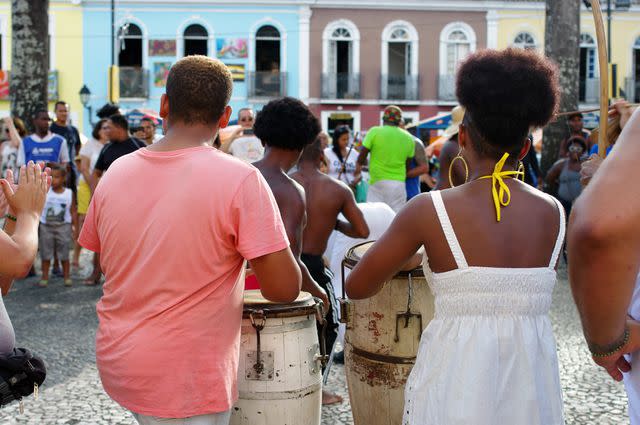
Adobe Stock
Salvador de Bahia was the first capital city of Brazil and if you’re seeking African energy and culture, it’s a great place to visit. It’s the blackest state in Brazil, and it was the site of one of the oldest, largest, and most lucrative slave ports in the country during the transatlantic slave trade. The historic neighborhood of Pelourinho was Salvador’s city center while it was colonized by the Portuguese. Here you’ll find Largo Terreiro de Jesus for demonstrations of the Afro-Brazilian martial art capoeira, and the Museu Afro-Brasileiro da UFBA for a deeper appreciation of African rituals and traditions.
The area has a lot of colonial monuments such as churches and mansions that have profound remnants of Black suffering. Despite its past, it’s now a vibrant, culturally rich area where you can engage with a lot of Black history.
Limon, Costa Rica
Límon, a city on Costa Rica’s Atlantic coast, is home to the largest Afro-Costa Rican community. Their ancestors were forcibly brought there during the transatlantic slave trade by the Spanish for domestic labor, and you can immediately get a sense of the African and Caribbean influence in terms of culture, food, architecture, music, and traditions. The city also has a lot of significance surrounding the formative years of Marcus Garvey’s Universal Negro Improvement Association.
If you get the chance, visit during Límon Carnival in the days preceding and following October 12th. It’s a lively cultural celebration filled with floats, parades, dancing, costumes, and more.
Costa Chica, Mexico
Mexico is sometimes overlooked in its connection to the African diaspora, with the erasure of Afro-Mexican culture being a poignant issue, especially because of the large Mestizaje (mixed race) population. However, the Black communities on Mexico’s Oaxaca-Guerrero coast exist and were formed when the Spanish brought slaves to work in mines, on cattle ranches, and on plantations. Traditions inherited from these African people still remain–the dance ‘Danza de Diablos’ is performed during the Fiestas de Todos Santos on the streets of Oaxaca and African influence can be heard in Mexican folk music.
If you’re looking for some history on how these people shaped Mexico, Museo de las Culturas Afromestizas across from the Oaxaca border, is a great place to start. There are also tours that can give you insight into the contributions of African culture to Mexico.
Havana, Cuba
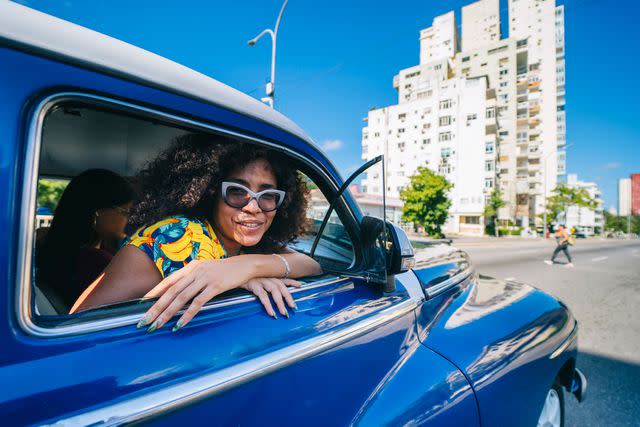
Daniel Gonzalez / Stocksy
One of the best ways to experience Havana's rich Afro-Cuban culture and history is through religion. Afro-Cuban religious practices such as Santería and Palo are deeply connected to West and Central African belief systems that were brought to Cuba by enslaved Africans in the 16th century. Gaining knowledge of these religions and visiting places of worship will provide great insight into African legacy and spirituality, and how they shape contemporary life for Afro-Cubans.
Get to know more about Abakuá (a secret fraternal society), visit the Asociación Cultural Yoruba de Cuba to learn about African orishas and Yoruba culture, take a walk around Old Havana Plaza to see historical Black landmarks and spaces, then take a trip to nearby Matanzas to learn about African rebellions and resistance, as well as the African origins of Cuban rumba music.
Ouidah, Benin
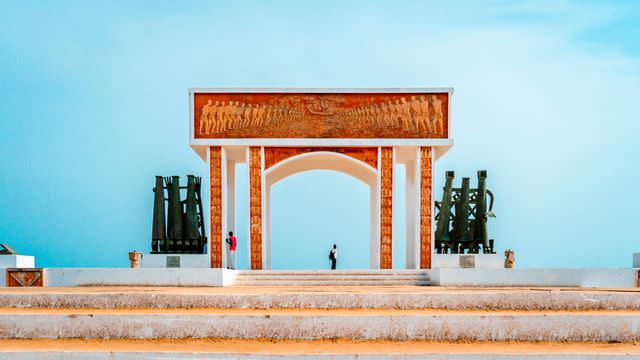
Adobe Stock
Along the Gulf of Guinea lies Ouidah. Once referred to as the Slave Coast, this town in southern Benin was one of the most active and lucrative slave trading ports in the whole of Africa. Within Ouidah, you can trace Benin’s terrible history by walking the “Slave Route”–a passage that enslaved Africans would take to board ships to the Americas. It has six parts that lead to the final monument–La Porte du Non-Retour (The Door of No Return). For further insight into the history and traditions of the region's inhabitants, visit the Musée d'histoire de Ouidah.
Unknown to some, Benin is actually the birthplace of voodoo, and Ouidah is an important center—it was developed here and transferred to the Caribbean islands through slavery. Every year on January 10, locals celebrate with a festival in Ouidah as a tribute to the deities of voodoo and their ancestors. You can also visit the Sacred Forest of Kpassè Zoun which is dedicated to their voodoo beliefs.
Port-au-Prince, Haiti
Haiti was the first country to be founded by former slaves after winning its independence from France in 1804. In the capital, Port-au-Prince, visit MUPANAH (Musée du Panthéon National Haïtien) for an experience that will connect you to Haitian history, culture, and people. Visit the Gingerbread Houses for important examples of postcolonial Haitian architecture. Learn about Toussaint Louverture, a former slave turned leader of the Haitian Revolution. If you travel in mid-July, head to Saut d’Eau to witness their annual voodoo festival.
Take the trip up to the north coast area to Cap-Haitien, which was the largest town when Haiti was colonized by the French. There you can visit Place d’Armes, the site of several important revolutionary moments including the proclamation of emancipation in 1793.
Cape Coast, Ghana
Ghana has been encouraging its diaspora to return for a while and has strong ties to the African American community. Malcolm X visited in the 1960s, Maya Angelou lived there for a few years during the same time, and W.E.B. Du Bois settled and died there.
If you’re looking to connect to your routes, visit Assin Manso Ancestral Slave River Site, a solemn place that holds significance in the transatlantic slave trade. Enslaved people would walk down to Assin Manso for their last bath before being sold. You can visit Cape Coast Castle, to learn about slavery in the place where enslaved people were kept in suffocating conditions and tortured. Another important site further along the coast is Elmina Castle which was used as a base for trading slaves, gold, and ivory.
If you have time, head to Manhyia Palace in Kumasi to learn about the culture and tradition of the Asante Kingdom and the customs of the Akan ethnic group.
Cartagena, Colombia
The Colombian port city of Cartagena is notable for its strong African influence and pride tracing back to West Africa-Bantu-speaking groups. It's a place where Black culture is celebrated, and it’s no surprise considering it’s home to a village called Palenque—a ‘free town’ community founded by West African slaves fleeing Spanish oppression in the 17th century. Here you can find the preservation of African culture through hair, music, art, and dance. Drums are a huge part of Afro-Colombian culture–taking a drum workshop can give you insight into the sounds of the music and connect you to their rhythmic culture.
Take a walking tour of Cartagena’s walled city with a local guide to discover Afro-Colombian history and how enslaved people built the area. Head over to Iglesia de San Pedro Claver built in honor of the priest St. Pedro Claver—the patron saint of slaves. Stop at a local hairdresser to learn about braiding techniques and their connection to slavery. Make your way to Plaza de Los Coches which has many impressive colonial-era buildings, street vendors, and churches to explore.
Dangriga, Belize
Dangriga is the largest town in Southern Belize and is considered the spiritual and cultural capital of the Garifuna people—an indigenous Afro-Caribbean community. The Garifuna people were exiled by the British from the Caribbean island of St Vincent in the 18th century and ended up settling in Livingston (Guatemala), Roatán (Honduras), and Dangriga (Belize). To find out more about the origins of the people and how they ended up in Belize, visit the Gulisi Garifuna Museum.
As a predominantly Garifuna town, there is a lot of culture to experience and discover through song, dance, food, and language in Dangriga. Spend time learning about the significance of drumming and Punta music which are connected to the people’s African ancestry. Get to know their traditional dance during the Habinahan Wanaragua Jankunu Festival. Try traditional Garifuna food, such as Hudut and Bundiga. If you visit around November 19, you'll get to be a part of their annual celebration, Garifuna Settlement Day, in which their culture comes to life.
Loiza, Puerto Rico
Immerse yourself in Afro-Puerto Rican culture by discovering the northeastern coastal town of Loíza, a short drive from the island’s capital San Juan. Enslaved people from the Yoruba and Igbo tribes of Nigeria settled here in the 16th Century making Loíza a hub for African tradition and identity–it now has the largest Black population on the island.
Escuela de Bomba y Plena Don Rafael Cepeda offers classes for people who want to learn about the traditional African-origin music and dance that originated in Loíza while cultural talks and workshops are available at Corporación Piñones Se Integra. Venture out to Parque Histórico Cueva María de la Cruz to discover information and artifacts about the island's first inhabitants.
Loíza comes to life during its annual Fiestas de Santiago Apóstol held every July—visit if you can for parades, music, and culturally-significant costumes.
Lagos, Nigeria
Lagos–the former capital of Nigeria–is a bustling and energetic port city, with a large melting pot of cultural traditions. The southwest of the country is largely Yoruba (from the Oyo Empire), the southeast is typically Igbo (from the Nri Kingdom), and most of the north is inhabited by the Hausa and Fulani people (from the Hausa Kingdom, Fulani Empire, and Songhai Empire).
Lagos houses a number of museums, bookshops, libraries, and art galleries that you can visit to discover more about Nigerian culture. Take an educational visit to the Nigerian National Museum where you can learn about Nigeria’s past and various tribes, then head to Nike Art Gallery to see vast Nigerian art collections. Travel a couple of hours for a guided tour of Badagry City where you can find historically relevant sites such as the Badagry Heritage Museum, Mobee Royal Family Slave Relics Museum, and Velekete Slave Market.
Kingston, Jamaica
After Jamaica's indigenous population was wiped out by disease, war, and slavery thanks to the arrival of Christopher Columbus and subsequently the Spanish, the English settled there and shipped enslaved Africans with them to work on sugar plantations. Take a trip to the island to find out about their many slave rebellions, learn about the Maroon Wars, and how the island evolved beyond British colonization.
Learn about its Rastafari culture which is linked to Pan-Africanism, discover the roots of Jamaican-born Marcus Garvey, and immerse yourself in Jamaica’s famed food and music culture. You can make Kingston your base while you visit, but be sure to venture out to other areas such as St Ann's Bay, Montego Bay, and Discovery Bay.
Santiago, Cabo Verde
You’ll find that the majority of Cabo Verde’s population is mixed with African and European ancestry due to the Portuguese arriving in the early 1460s and remaining for five centuries. The very first island they inhabited was Santiago, and this is where you’ll find a wealth of Cabo Verdean culture and history.
Sitting on the southern coast of Santiago, Cidade Velha, Cabo Verde’s oldest settlement, is an essential place to visit as it was a geographically important port for slave trading. Visit monuments such as Igreja Nossa Senhora do Rosário, Fortaleza Real de São Filipe, Rua da Banana, and Pelourinho. These sites all reveal Cape Verdean traditions, culture, and history.
As expected, the Portuguese influence is very strong in the country–it’s the official language despite Cape Verdean Creole being more widely spoken. Even styles of music found in Cape Verde, such as Morna, are similar to Fado in Portugal, with mournful and melancholy themes.
For more Parents news, make sure to sign up for our newsletter!
Read the original article on Parents.

